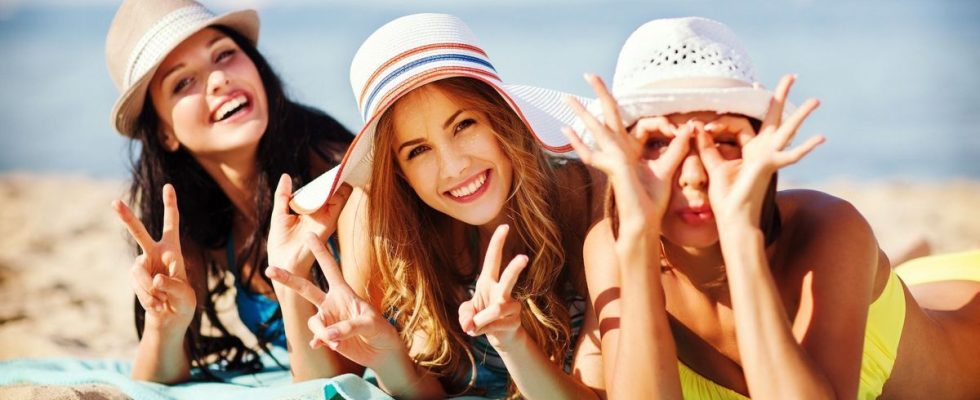Published on
Updated
Reading 2 mins.
In a campaign launched at the end of April, the European network of dermatologists Euromelanoma, alerts adolescents to the dangers of the sun. According to a study of 400,000 Europeans, getting serious sunburn before the age of 18 increases the risk of developing cancerous lesions in adulthood by almost 20%.
“This refers to painful sunburn marked by intense redness or blistering, which lasts two days or more.“, had indicated Thomas Maselis, dermatologist and president of Euromelanoma during a press conference given on the occasion of the launch of the campaign entitled “Do you use protection?”.
The risk of UV remains neglected
If Euromelanoma wanted to target teenagers in its new campaign, it is because this public is often looking for a nice tanned complexion and cares little about the harmful effects of UV rays. During the campaign launch conference, Professor and President of Euromelanoma Europe, Véronique del Marmol, explained this choice: “CThis generation of young people smokes and drinks less, and would rather go to the gym than to the coffee shop. Overall, today’s teens seem to care more about their health than previous generations. It’s fantastic, but still the problem of insufficient protection against the effects of UV rays”.
Young people who do not know how to spot suspicious lesions
This campaign aims above all to make teenagers aware of the importance of protecting their skin when exposed to the sun, but also of recognizing suspicious spots or lesions on the skin. “A recent survey revealed that only one in ten young people between the ages of 16 and 25 know how to be careful when examining their skin. Even more worrying: one in five young people who notice a suspicious spot do not consult a dermatologist“, regrets Thomas Maselis.
The campaign “Do you use protection?” recalls the actions that can protect against the harmful effects of UV rays and thus reduce the risk of developing skin cancer:
- Cover up or go in the shade during the hottest hours;
- Wear a hat and sunglasses;
- Exercising early in the morning or in the evening;
- Do not go to a solarium because the UV rays are 15 times more powerful there than if you exposed yourself outside in the south at noon.
- Apply a cream* that protects against UVA and UVB rays, with an SPF protection factor of at least 30 (50 ideally).
Euromelanoma also insists on the importance of knowing how to spot the signs of suspicious lesions thanks to the ABCDE rule. Consult a dermatologist quickly in the event of a pigmented spot having a form ATsymmetrical or Birregular orders or having a VSabnormal color (bicolor for example) or having a Ddiameter greater than half a centimeter or whose appearance has Evolleyed lately.
Other signs should alert. Consult a doctor if you have noticed a spot, mole or pimple that oozes or bleeds and does not heal, itches or feels rough.
*Before any exposure to the sun, and then every 20 to 30 minutes if exposure is prolonged.
